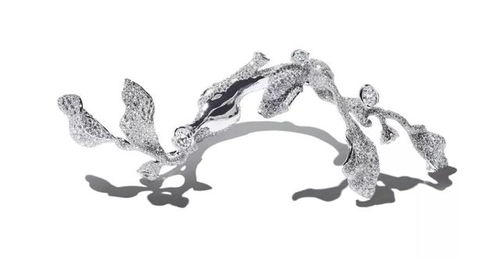Content:
Fishing, an age-old pastime, has always been a source of relaxation and enjoyment for many. Whether you are a seasoned angler or a beginner, mastering the art of fishing can significantly enhance your experience on the water. One of the key elements in successful fishing is understanding how to achieve the perfect depth. In this article, we will delve into the intricacies of fishing techniques and provide you with valuable insights on how to钓水深 (钓水深) effectively.
Understanding Water Depth
Water depth is a crucial factor in fishing, as it determines where the fish are likely to be found. Fish often inhabit specific depths depending on the season, temperature, and the type of fish you are targeting. Therefore, it is essential to have a good grasp of the water depth in your chosen fishing spot.

Choosing the Right Equipment
To achieve the perfect depth, you need to have the right equipment. Here are some essential tools that can help you in your quest:
Reel: The type of reel you use can greatly affect your ability to achieve the desired depth. Spinning reels are suitable for lighter lines and are ideal for casting and retrieving lures. On the other hand, baitcasting reels provide more control and are better for casting heavier lures and bait.
Line: The weight and type of line you use should match the depth you want to fish. Braided lines are more sensitive and provide more feel, while monofilament lines are more flexible and easier to cast. The line's weight should be appropriate for the lure or bait you are using.
Leader: A leader is a short section of line between your main line and lure that can protect your main line from abrasion and add a certain amount of flexibility. The length and material of the leader can also influence the depth at which your lure will fall.
Hooks and Lures: The choice of hooks and lures can make a significant difference in how deep your bait will reach. Larger hooks and heavier lures will sink faster, while smaller hooks and lighter lures will fall more slowly.
Techniques for Achieving the Perfect Depth
Now that you have the right equipment, let's explore some techniques to help you achieve the perfect depth:
Cast and Retrieve: This is the most common technique for achieving depth. Cast your lure out and allow it to sink to the desired depth before retrieving it. The speed of your retrieve can also affect the depth; a slower retrieve will allow your lure to sink deeper.
Jigging: Jigging involves repeatedly lifting and dropping your lure in short, sharp movements. This technique can make your lure reach deeper water as it falls through the water column.
Trolling: Trolling is a method where you move your boat with the lure attached to your line. By adjusting the speed of your boat, you can control the depth at which the lure travels.
Drop Shotting: This technique involves dropping a small bait or lure vertically down to the desired depth and then slowly retrieving it. It is particularly effective for targeting fish that are suspended in the water column.
Bottom Bouncing: This technique involves letting your lure or bait touch the bottom while retrieving it. This can be done by using a weight or by simply allowing the natural weight of your lure to pull it to the bottom.
Factors to Consider
When determining the perfect depth, consider the following factors:
Season: Fish tend to move to different depths during different seasons. In the summer, they may be found in deeper water to escape the heat, while in the winter, they may move to shallower waters to stay warm.
Water Temperature: Warm water rises, and cold water sinks. Understanding the water temperature can help you predict where the fish might be.
Structure: Obstacles like rocks, weeds, and drop-offs can create different depths and hold fish. Study the structure of your fishing spot to find the best spots to fish.
Weather: Wind, current, and water flow can all affect the depth at which fish are found. Adjust your techniques accordingly.
In conclusion, achieving the perfect depth is a skill that takes practice and patience. By understanding the factors that influence water depth and using the right techniques and equipment, you can increase your chances of success on the water. Whether you are targeting largemouth bass, trout, or any other species, mastering the art of fishing at the perfect depth will undoubtedly enhance your fishing experience. Happy fishing!












